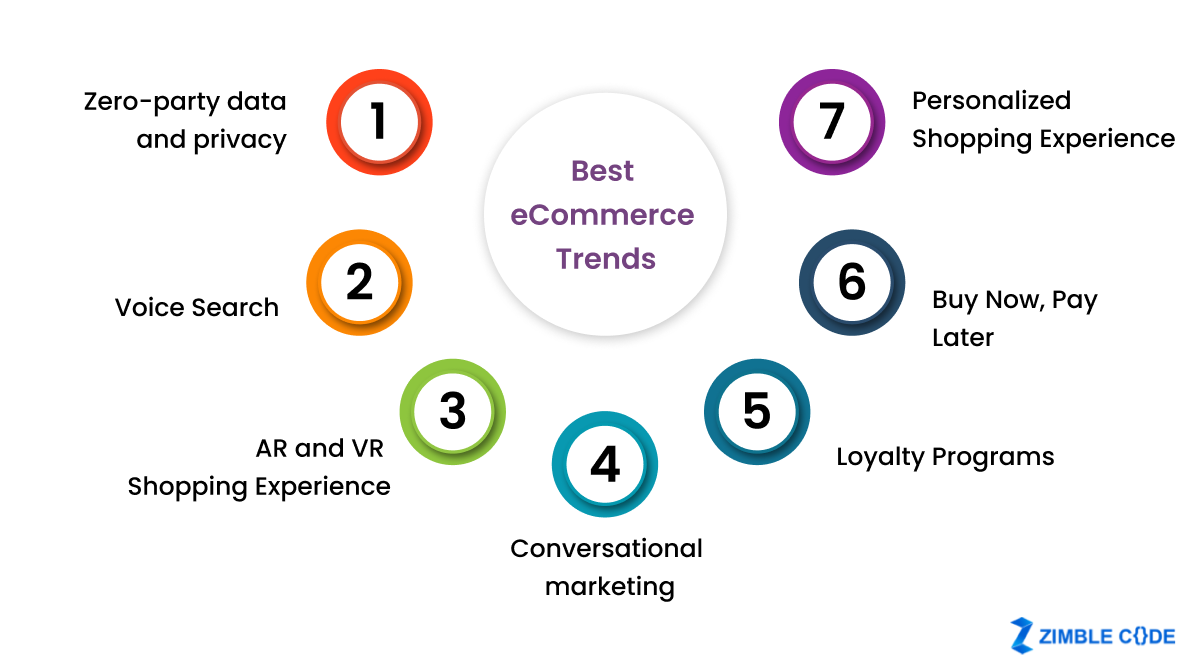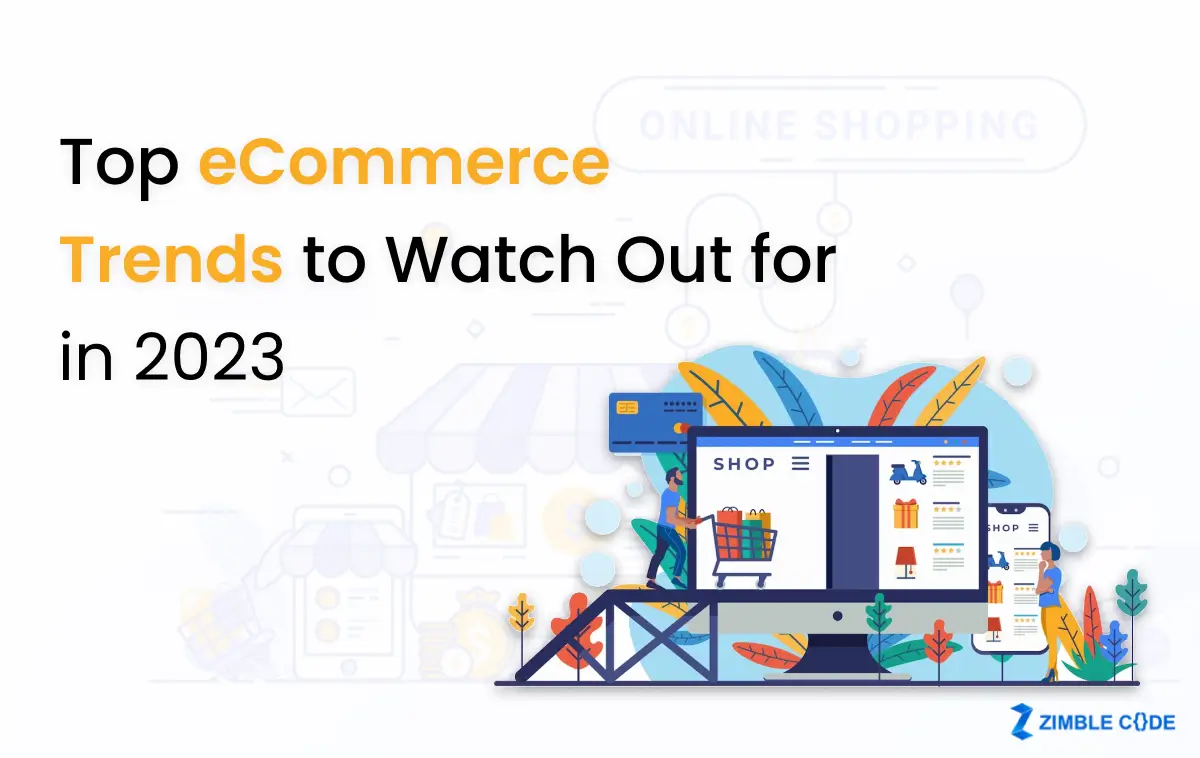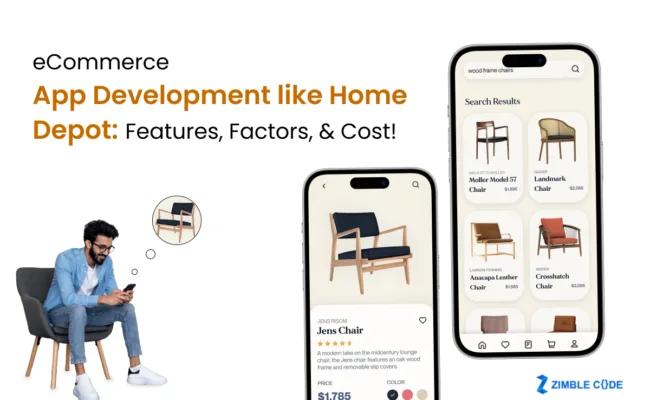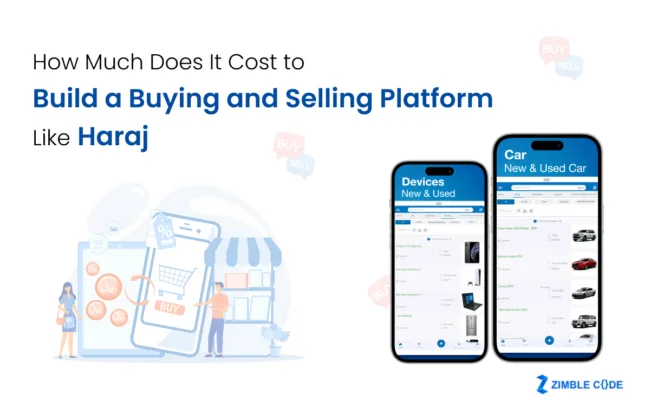ECommerce is an ever-evolving and vibrant industry. The current shopping landscape has undergone a significant transformation compared to just a few years ago. The days of spending hours at physical retail stores are fading away. Instead, it is getting replaced by the convenience of placing an order and receiving it at your doorstep. But to maintain a competitive edge in this dynamic environment, staying updated about the latest trends is crucial.
This revolutionary shift has propelled online shopping to become a favorite among many consumers. According to Morgan Stanley’s global eCommerce growth forecast for 2022, eCommerce sales in the US are projected to increase to 31% of total retail sales by 2026, up from 23% in 2022.
Although brick-and-mortar stores play a crucial role in eCommerce, consumers rely heavily on eCommerce platforms. So, as eCommerce business owners, it is imperative to build an eCommerce website as an engaging online solution. Remember that keeping pace with the latest eCommerce trends and adapting to evolving consumer behaviors encourages visitor interaction and maximize sales.
But how can you do that successfully?
In this blog, we will delve into the top eCommerce trends you must integrate into your eCommerce website development in 2023. Let us get started…
Best eCommerce Trends That You Need To Embrace In 2023

1. Zero-party Data and Privacy
Zero-party data and privacy concerns have become paramount in the quest for personalized shopping experiences. According to the Q1 2023 Sprout Pulse survey, consumers are apprehensive about zero-party data. However, it is interesting to note that 55% of consumers are willing to allow brands to use their personal information. So, striking a balance between data privacy concerns and collecting customer data for personalization is crucial.
2. Voice Search
With smart speakers and voice assistants, voice search has become a significant part of consumers’ daily lives. Many consumers have come to rely on smart speakers and voice assistants to browse products manually. They now prefer to seek product recommendations from the likes of Alexa and Siri. To stay competitive and retain your customer base, optimizing voice search when you build an eCommerce website is essential.
3. AR and VR Shopping Experience
Another notable trend is the integration of Augmented Reality (AR) and Virtual Reality (VR) in the shopping experience. These technologies have proven beneficial in addressing customer hesitation to buy products online by enabling them to virtually try products before purchasing. Moreover, customers can utilize AR and VR to promptly personalize items they are interested in and witness modifications in real time.
4. Conversational Marketing
Consumers nowadays seek more than just quality products; they desire immersive experiences and meaningful interactions that make them feel valued and engaged. As a result, conversational marketing has been witnessing a surge in popularity. This approach allows customers to receive product/service information and even make purchases with the assistance of a Chatbot or live agent.
5. Loyalty Programs
Customers have become discerning and seek exceptional experiences before making a purchase. Customers highly favor loyalty programs as they incentivize repeat purchases. With each transaction, loyal customers are rewarded with benefits like cash back, discounts, next-purchase coupons, and even freebies. This incentivization strategy keeps customers engaged and encourages them to return for more purchases.
6. Buy Now, Pay Later
Customers often come across products they want but fail to purchase them immediately due to budget constraints. Numerous eCommerce businesses have introduced a solution called “buy now, pay later” (BNPL) to address this issue and gain potential sales. Consumers prefer BNPL options over traditional credit card payments because BNPL agreements are typically interest-free. Web app development in Edinburgh widely integrates this scheme, enabling shoppers to pay for their desired products in installments.
7. Personalized Shopping Experience
Today’s customers seek personalized interactions throughout their shopping journey. Product recommendations tailored to their preferences offer a seamless experience across all touchpoints and enticing incentives. Even when it comes to payments, users expect a variety of options to suit their needs. So, by leveraging personalization, you can foster deeper connections with customers and boost customer satisfaction. This will ultimately drive higher sales and brand loyalty on your eCommerce platform.
Read Also – Ultimate Guide to Creating an eCommerce Marketplace Like Amazon
Conclusion
Keeping up with the latest eCommerce industry trends should not involve replicating someone else’s business strategies. Neither should it be about hastily adopting new eCommerce technology without adequate planning. Your business strategy should revolve around staying attuned to the ever-changing landscape. You can hire an app development company in Edinburgh, UK, to offer your customers a more immersive and satisfying shopping experience. It would also ensure the long-term success of your business.
Frequently Asked Questions (FAQs)
Q1. Is the eCommerce industry experiencing a downturn in 2023?
Contrary to previous years, when the eCommerce industry faced a decline due to the COVID pandemic, it is anticipated to grow this year. According to eMarketer, the industry is projected to witness an increase of almost 2%, rising from 7.1% growth last year to 8.9% growth this year.
Q2. What are the latest emerging technologies in eCommerce?
Several innovative technologies include buy online, pick-up in-store (BOIPS), live stream commerce, mobile shopping, AI content creation, buy now pay later (BNPL), and AI-powered personalization.
Q3. Is omnichannel a new trend in eCommerce?
Many eCommerce businesses have adopted omnichannel strategies to provide customers with a seamless and cohesive shopping experience.








Leave A Comment